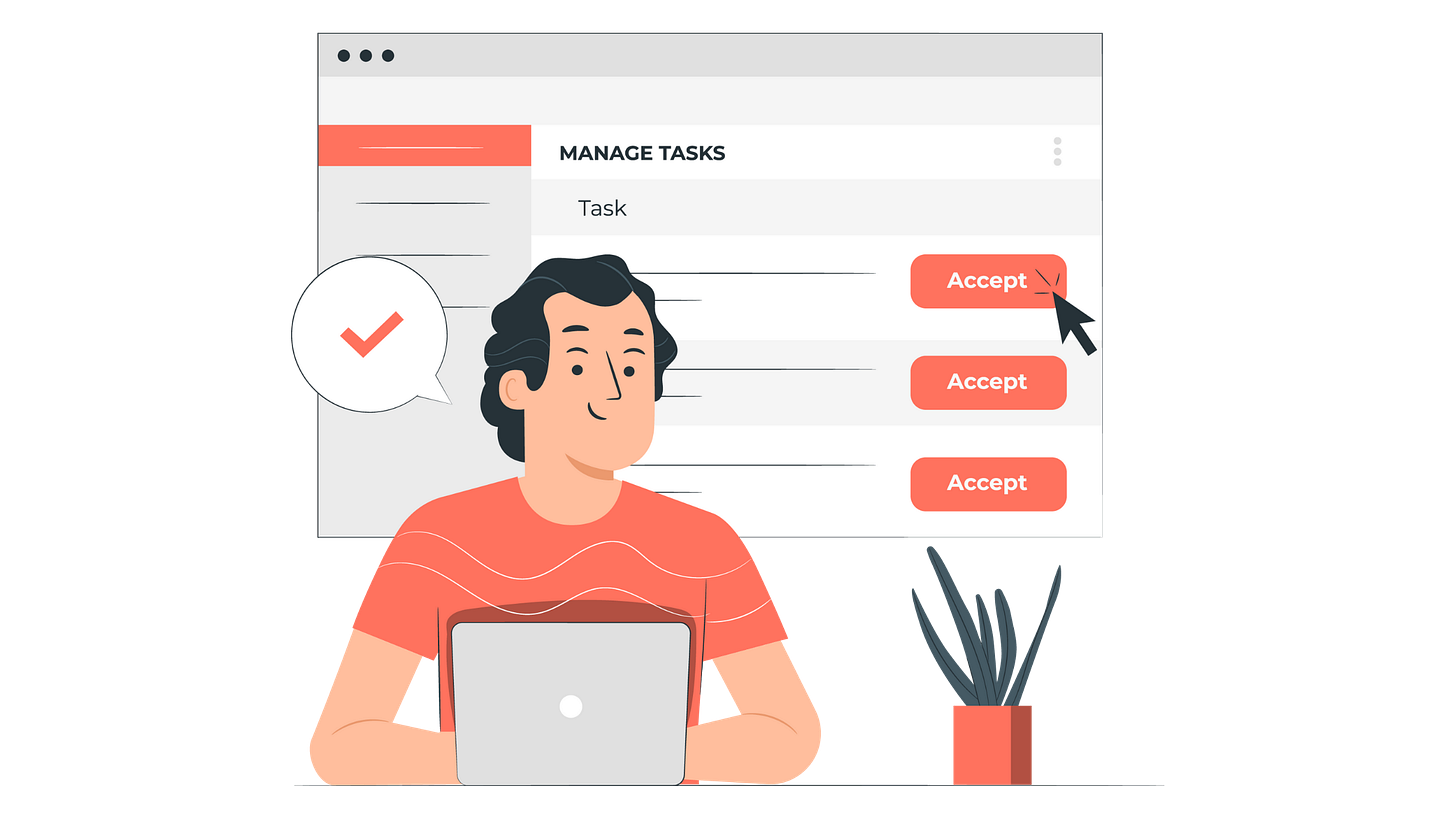Creating a Course as a Blogger
Online courses have changed a LOT over the last two years...some powerful data on trends in the world of course creation
Do you like this featured blog image? Become a paid subscriber and get access to our Canva template library of images like this one, that you can edit in seconds!
Hey everyone,
Online courses have changed a LOT over the last two years.
The team at Thinkific decided to take a closer look at the top 20% of course creators to see what they're doing differently to make them so successful.
The amazing thing about selling courses as a blogger is you’ve already created an audience and you’ve already established authority in your niche.
Whether you’re a food blogger, fashion blogger, parenting blogger, or anything in between, your audience already trusts you to speak on that topic.
Creating and charging for an online course in your niche is a natural progression to providing free content for growing your audience, and one that most audiences will be receptive to.
Bloggers are expert content creators, so for most of them, creating an online course is a fun change of pace.
More importantly, it’s a powerful strategy to diversify income and skyrocket their earning potential.
Seasoned course creators can look at how much their audience has grown since their last launch, and predict how much they’ll make from their next launch. That type of stability and predictability can give bloggers the confidence they need to quit their jobs and jump into blogging full-time.
I’ve personally seen the power of this by offering my Medium Course and my Substack Course, both of which have really resonated with my Blogging Guide audience!
This is why I am always suggesting that content creators struggling to make the leap from part time to full time creator, strongly consider creating their own course.
Here are the top four trends Thinkific discovered, backed by original data and research, on trends in in the course creation/LMS-space.
Trend 1: Learning is Getting Personal
Online courses are shifting away from the one-way communication that has traditionally dominated this industry. Find out why top creators are twice as likely to set up communities as part of their learning, and what tactics they use to keep students engaged.
Trend 2: The Rise of Multi-Product Learning
It's not just about online courses anymore — 85% of top creators are selling more than one product or service this year. See how they're able to increase revenue by adding memberships, ebooks, and coaching sessions into the mix.
Trend 3: Creators are Taking Control of Their Data
Top creators have known for years how important audience data can be, but in 2022 they're making it a priority. Discover which tactics they're using to connect with potential customers, and why they're twice as likely to track student engagement.
Trend 4: The End of the "Hard Sell"
Still relying on "hard sales" tactics and asking customers to pay upfront? Find out why top creators are twice as likely to use subscriptions to lower the cost of entry, and other ways they're integrating pricing into the learning itself.
For more on these trends — like, a whole lot more — check out the full report from Thinkific. It's chock-full of insights you can put into action today.
Hopefully you found this content useful in guiding you forward as a passion economy creator!
Also, I’ve been in the process of experimenting with new course management platforms (for future courses I may create). And as part of this, I’ve been testing out Thinkific.
You can try Thinkific’s Pro Plan for Free, so if you are considering launching a course, I’d encourage you to check it out.
But don’t get too hung up on where you launch your course. Just make sure that you add it to your content creation roadmap, sooner rather than later!
Until next time,
Casey






